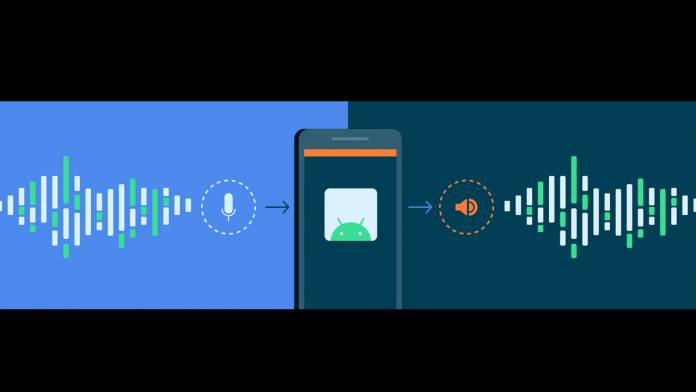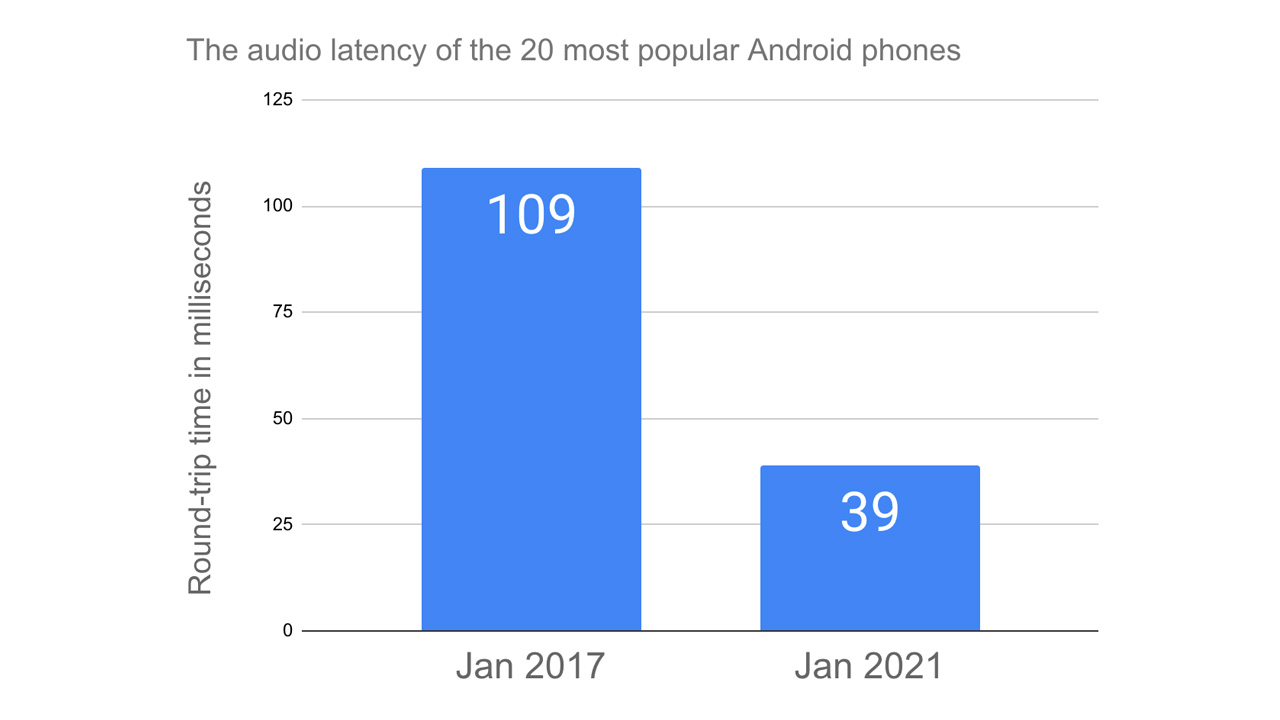
Real-time audio apps are going to be far better in performance as Google revealed in a blog post. This will mean a more lucrative ecosystem for audio developers to take advantage of by developing apps that employ real-time audio. In the past four years, Google has worked dedicatedly to improve the audio latency with assistance from smartphone makers to develop hardware that permits the same. Now the average audio latency of Android phones has dropped below 40ms, and things are looking good.
According to data analyzed by Google, the audio latency has come down from 109ms to 39ms in the last four years. In January 2017 the average was recorded to be over 100ms, and it has been improved drastically to achieve an under 40ms value.

Even if we see the highest and the lowest values, the latency for one the most popular Android devices in January 2017 was 258ms and the lowest was 36ms. Now it has reduced by a factor of 8 – just 28ms in 2021 – considering there are now multiple OEMs and some of them are not even high-end flagships.

Time taken to tap on the screen and listening to the audio, known as tap-to-tone latency, is calculated by subtracting the audio input latency and adding the touch latency to the round trip latency. A 20ms tap-to-tone latency is considered good enough for real-time applications.
Although the audio latency on some low-end devices is still not optimal, it is high time for developers to create Android apps that can take advantage. The long-term goal for Google is to reduce the round-trip latency to 10ms which will allow developers to come up with seamless apps for end-users delight.









